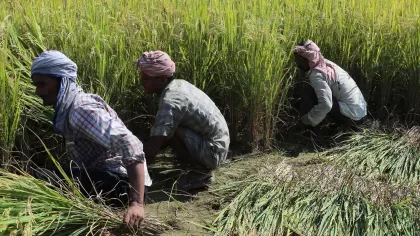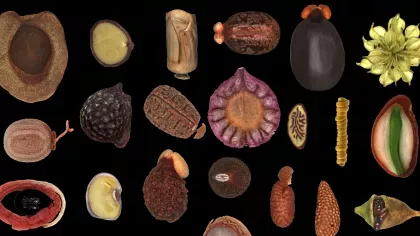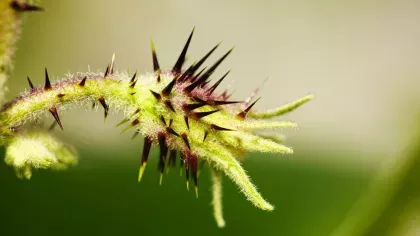3 December 2019
Conserving the cousins of our crops
As the Crop Wild Relatives Project comes to a close, we look back at the endeavours of the past ten years.

Since 2011 we have collected over 12 million seeds from 371 species in 25 countries.
Across four continents, teams of botanists, researchers, communicators, scientists and educators, have been working to research, collect, protect and utilise the wild relatives of our crop species in an effort to help adapt agriculture to climate change.

Climate change and food security
Ensuring that our agriculture is able to adapt to climate change is one of the most critical challenges of our time.
Approximately 80 per cent of the human calorie intake comes from just 12 plant species. Coupled with the pressures of a rapidly growing population and an increasingly hungry world, there is an urgent need to ensure that crops, upon which global food security rests, are resilient in the face of climatic changes.
The impacts of a changing climate are starting to be felt and are predicted to be far reaching:
- Increasing temperatures in peak growing seasons are resulting in reduced crop yields
- The spread of new and existing crop pests and diseases is leading to further significant crop yield losses
- Reduced and particularly more variable precipitation levels are causing the availability of water for irrigation to be less predictable and more difficult to manage
- Sea level rise is starting to degrade valuable coastal farmland
Bananas under threat
There have already been incidences of crops that have succumbed to disease. In the 1950s Panama disease, caused by a fungus, almost wiped out a cultivar of banana, the Gros Michel.
A new strain of the same disease now threatens the Cavendish bananas that we eat today.

Genetic diversity is key
For more than 10,000 years, humans have been breeding plants to maximise certain characteristics, such as taste, ease of harvesting, yield and resistance to pests and diseases.
This process of domestication and ‘fine-tuning’ of our crops has resulted in the loss of the plants’ genetic diversity.
Resilience in plants against threats, such as climate change, comes from genetic diversity and the richest source of genetic variation is likely to be found in the wild relatives of our cultivated crops.
Here at Kew, we have been working alongside the Global Crop Diversity Trust on an ambitious global project – the Adapting Agriculture to Climate Change (Crop Wild Relatives) Project - which has involved research, seed collecting, conservation and use of crop wild relatives, before they disappear.
What are crop wild relatives?
Crop wild relatives can be thought of as the wild cousins to our cultivated crops.
They are genetically related to crops, but they have not been domesticated and are still found growing wild in natural environments and therefore have much greater genetic diversity than their cultivated cousins.
The diversity in crop wild relatives means that they are also a rich source of adaptive characteristics, such as heat or drought tolerance, disease resilience or the ability to thrive in saline soils.
These important traits can be bred back into domesticated crops, using traditional crop breeding techniques, to make our crops more resistant to the impacts of climate change.


Which relatives?
There are estimated to be between 50,000 and 60,000 crop wild relative species in the world.
To decide exactly which wild relative species to collect and where in the world to focus our efforts, a gap analysis was carried out.
The research investigated which wild relatives are already held and conserved in genebanks around the world, and which are under-represented.
It compared data on the distribution of these species to locations where the species had been collected in the past, and continued to add other criteria, such as current breeding demands, relevance to developing countries, endemism and threat levels.
This analysis focussed on 1,100 crop wild relative species of 81 important crop genepools. Significant gaps in collections of priority crop wild relatives were identified, with all banana species being designated as high priority for collection and 88 per cent of sorghum being designated as high priority.
Other species in desperate need of collection were wild relatives of aubergine, potato, apple and sunflower.
The analysis helped to concentrate our seed collecting efforts in under-represented areas, so helping to fill in the genetic gaps and provide breeders with greater genetic diversity to breed future crop varieties.
The saviours of food security
The results showed that over 70 per cent of crop wild relative species are essential for food security and are under-represented in seed banks around the world.
Through the process of the gap analysis the seed collecting efforts were focussed on the wild relatives of 29 crops. Every species was carefully selected as a potential saviour of our future food security.
The 29 crops
African rice, alfalfa, apple, aubergine, bambara groundnut, banana, barley, bread wheat, butter bean, carrot, chickpea, common bean, cowpea, faba bean, finger millet, grasspea, lentil, oat, pea, pearl millet, pigeon pea, plantain, potato, rice, rye, sorghum, sunflower, sweet potato and vetch.
Successful collections
Collecting seeds began in 2013 with our partners in 25 countries. The expeditions were often challenging, and sometimes even dangerous. But they were successful.
The crops that were collected included, among others, a wild carrot species that grows in salty water and an oat species resistant to fungal diseases powdery mildew.
Crop wild relatives were relatively unknown within the scientific community before this project.
Training our partners in seed collecting and conservation has developed knowledge and skills which they can share with colleagues to further raise awareness of the importance of conserving crop wild relatives. As a result, these collaborators have expanded their national plant genetic resources collections and secured the long-term conservation, availability and use of these materials.
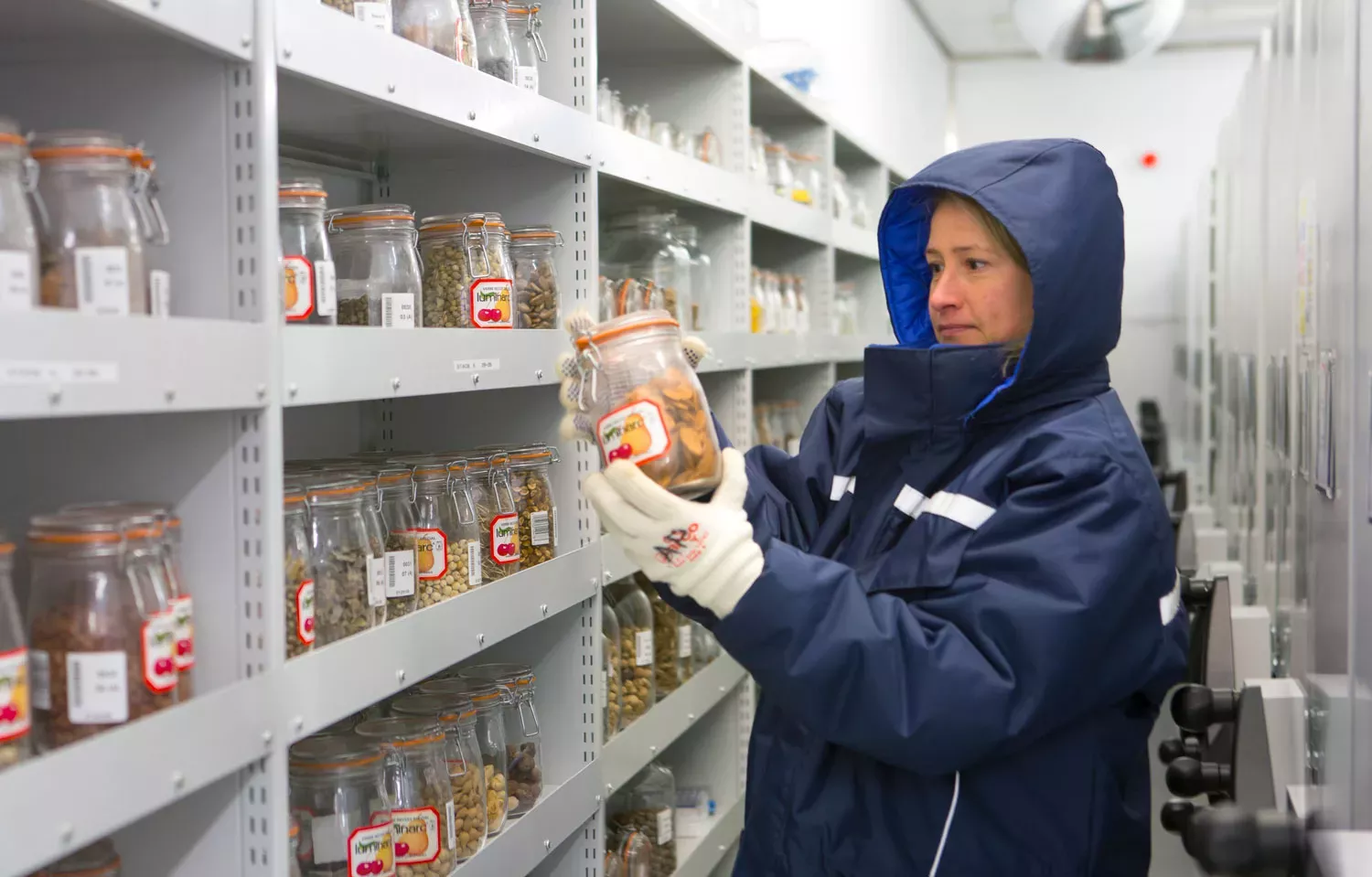

What next?
The seeds collected have been protected in seed banks worldwide, including Kew’s own Millennium Seed Bank.
But in order to use the hardy wild relatives to make our domesticated crops more resilient, they must go through a process of ‘pre-breeding’.
This process isolates desired genetic traits, such as drought tolerance, from the wild relative for integration into breeding lines which can be crossed with our current crops.
Pre-breeding is currently underway, with almost 100 partners in 48 countries exploring the potential of 19 crops. While it’s not a quick process, we have made a good first step towards integrating crop wild relative diversity into domesticated crops.
The Crop Wild Relatives project has laid global scale foundations from which the conservation and utilisation of crop wild relatives can be grown and expanded in countries around to the world to secure the future of our food and successfully adapt to a changing climate.
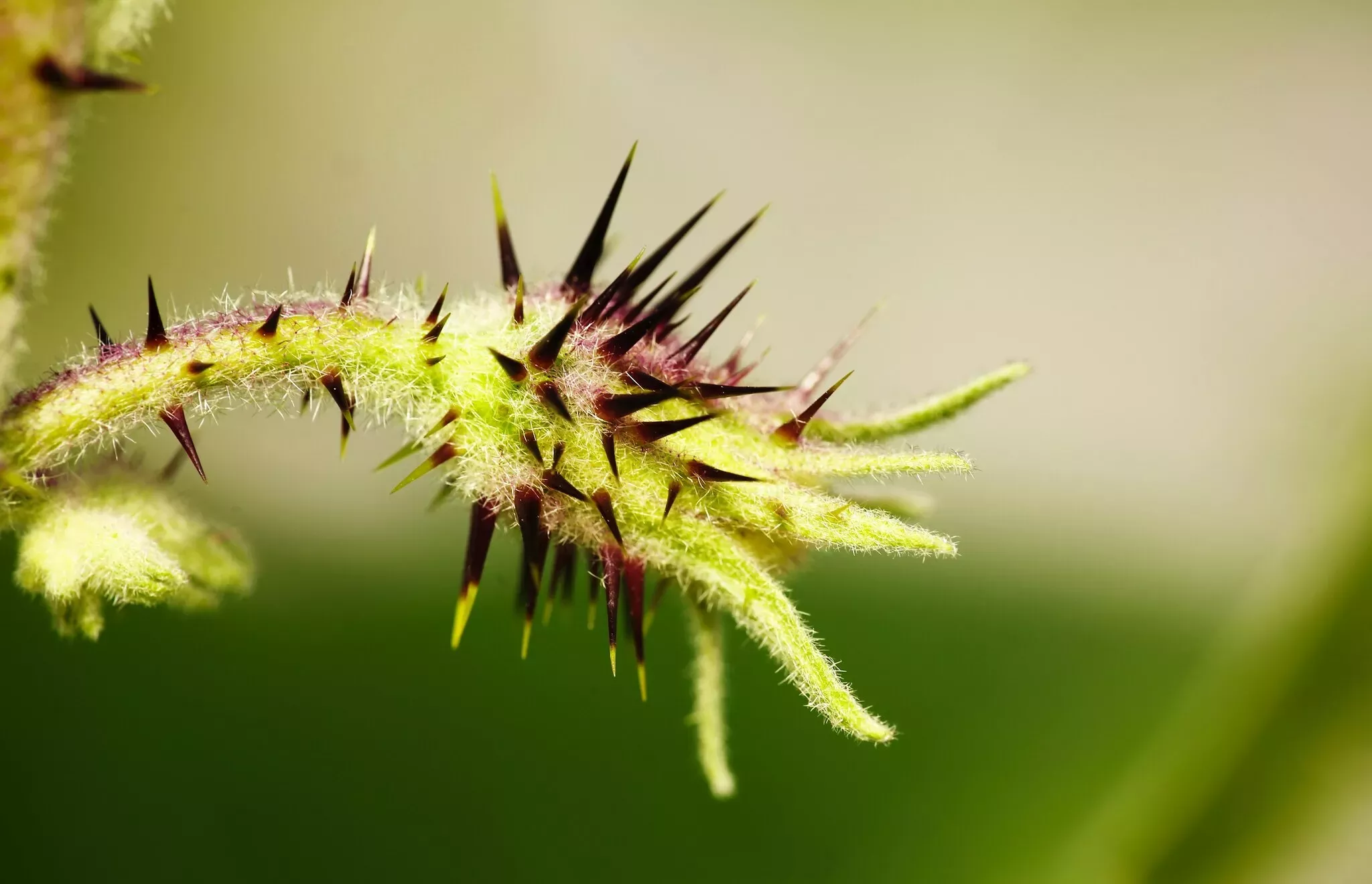
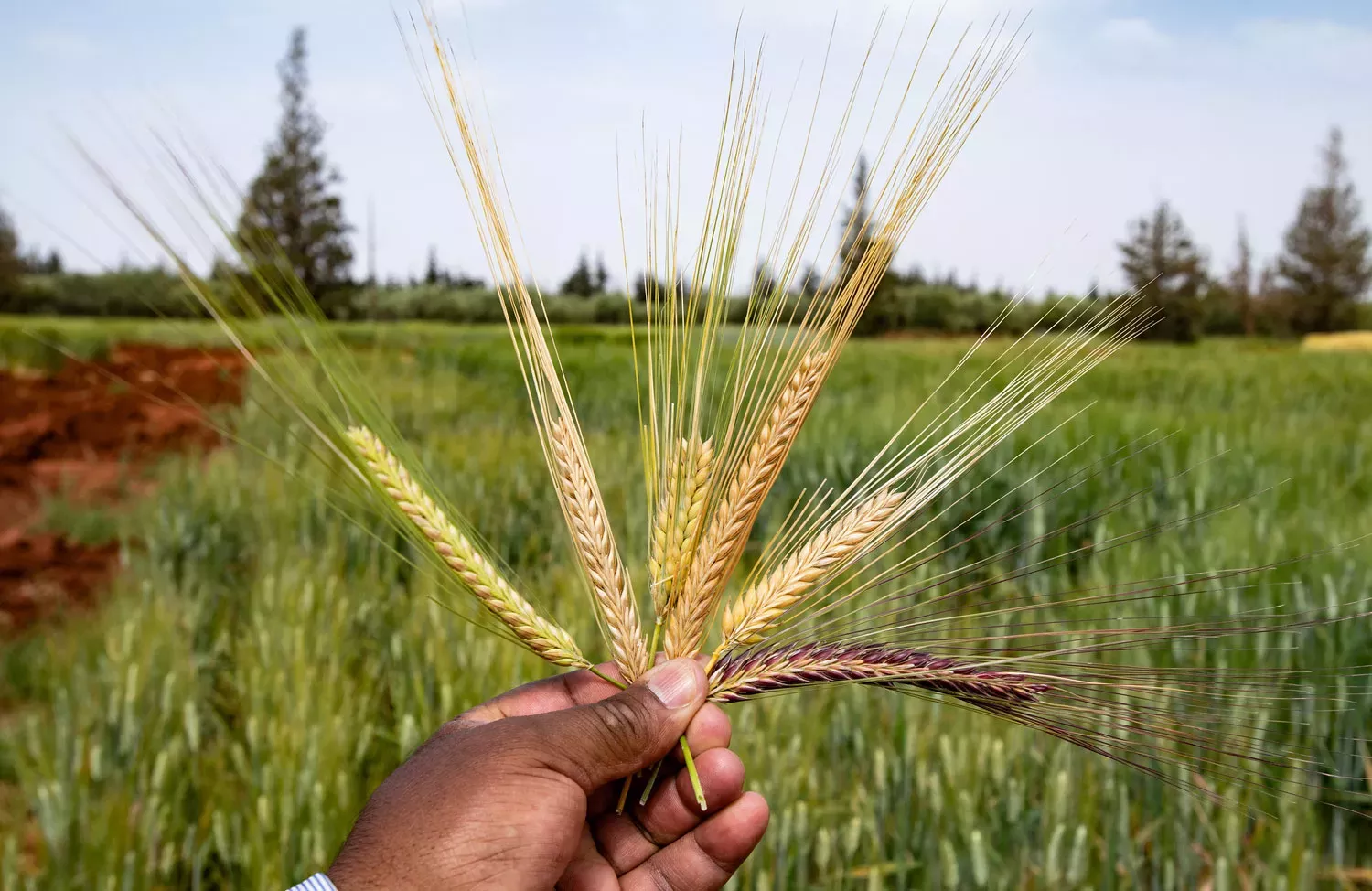
Read the report
A Global Rescue. Safeguarding the world's crop wild relatives.
Acknowledgments
This project would not have been possible without all of our collecting partners and funding from the Government of Norway.



